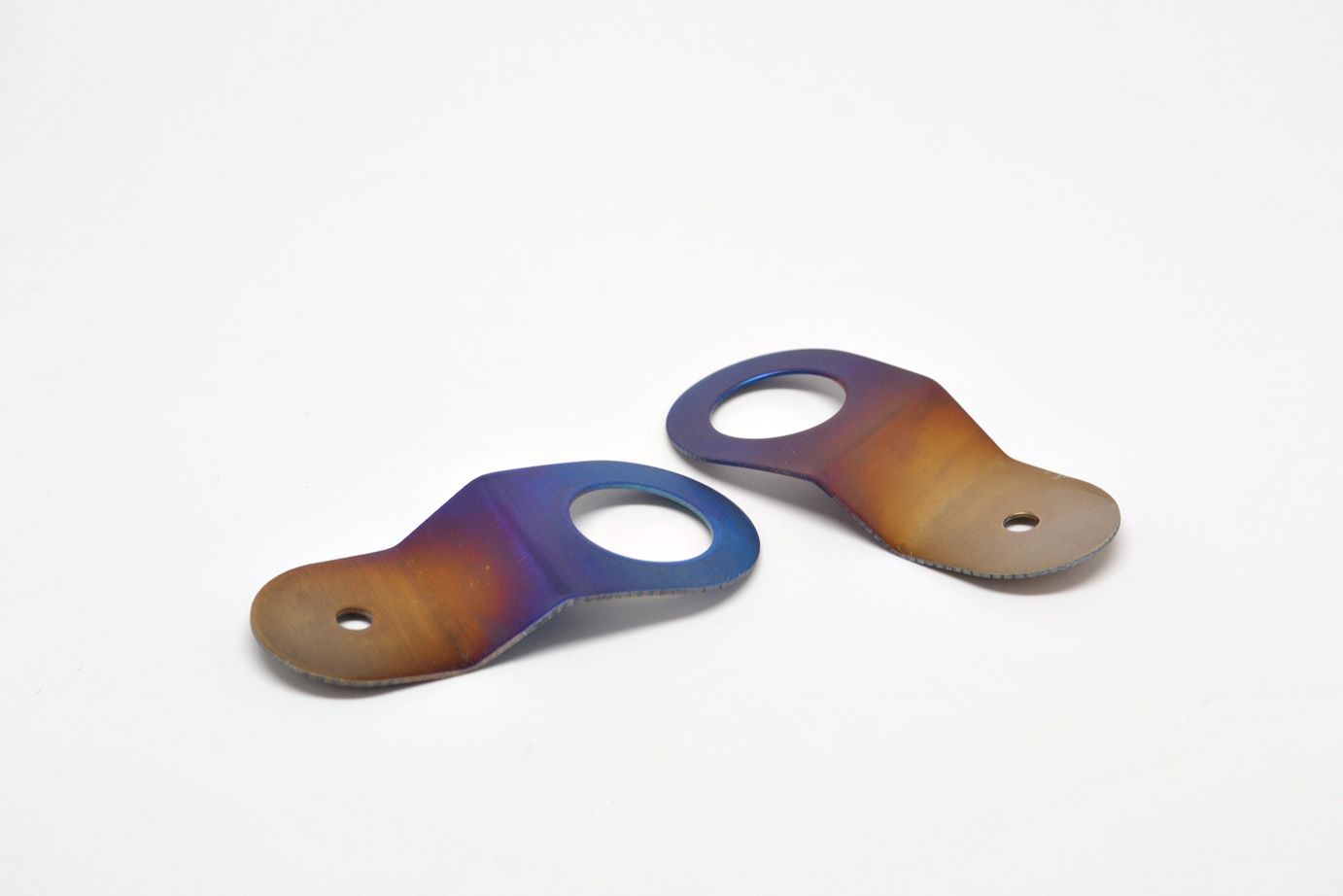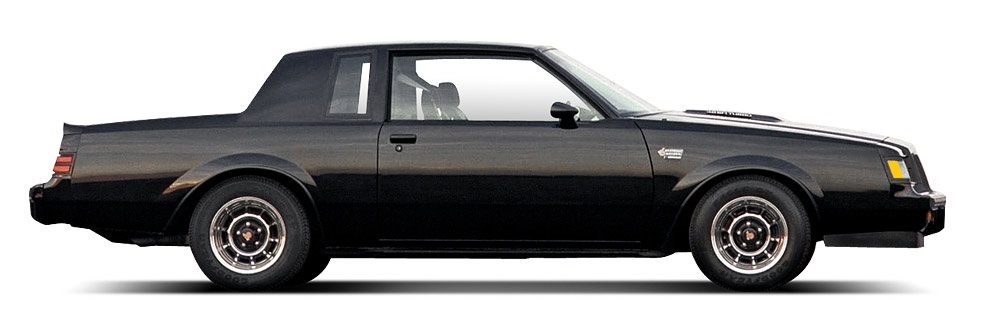
As far as we know, Buick did not produce nor install rainbow colored parts on the Buick Turbo Regals when it came down the assembly line.
Q: . . so can you find the rainbow effect on parts today?
A: . . .sure you can,
. . . on aftermarket parts that had QUALITY ISSUES WHEN ANODIZING, tricked out regals, or aftermarket parts subject to extreme conditions such as heat/fire.
At Highway Stars, there's no spin zone,
WE DO IT RIGHT,
or, . . .
WE DON'T DO IT! . . . It's that SIMPLE.
Information provided below comes directly from the AAC (Aluminum Anodizers Council) anodizing.org
http://www.anodizing.org/?page=faqs
If you see a rainbow effect on an aftermarket part, there may be several reasons this rainbow(iridescent color) appears.
Here is what we learned from industry professionals at AAC:
Q: Why do aluminum parts I send to be black anodized sometimes come back with a purple hue, and how can this be avoided?
A: The purple hue is an iridescent color--the result of a very thin film on the surface of the black anodized part. Other iridescent colors can be produced, and can appear even on clear anodized parts, but are most evident on black anodizing. An analogy is a black asphalt road after rain. A droplet of oil causes iridescent rings that are quite apparent on black asphalt but can hardly be seen on a light-colored concrete road.
There are a number of possible causes of the film. One is sealing smut. Hot water sealing blocks the pores of the anodic coating, thus improving its weathering resistance, reducing its adsorptive properties, and sealing in any pigment. However, some sealing product forms on the outer surface of the anodic coating. This is sealing smut. It consists of very small, needle-like crystals of aluminum hydroxide. They act as a thin film that can generate iridescent colors. Anti-smut additives for sealing baths are available, which minimize the problem. The formation of smut can be favored by high pH. The bath chemistry should be controlled as recommended by the supplier of the sealing additive. Alternatively, the smut can be wiped off. Before the invention of anti-smut additives, people used to wipe down parts with lanolin in white spirit. This temporarily masks the smut as much as it removes it. Manual removal is time-consuming and can be hard work.
Anodizing under conditions that are too aggressive can lead to iridescent effects. In particular, if the bath temperature is too high, the surface region of the porous anodic coating (the part of the coating that was first formed during anodizing) can be dissolved in the acid solution to the extent that it is very much more porous. This is called a "soft" coating. In general, anodizing at over 75°F for more than 45 minutes can produce a soft coating. A simple abrasion test to detect a soft coating is described in British Standard 6161: Part 18: 1991.
Also, purple iridescence has been seen with certain types of black dyed parts if the film thickness is too low or the dye bath is inadequately controlled. The advice of the supplier of the dye should be followed.

